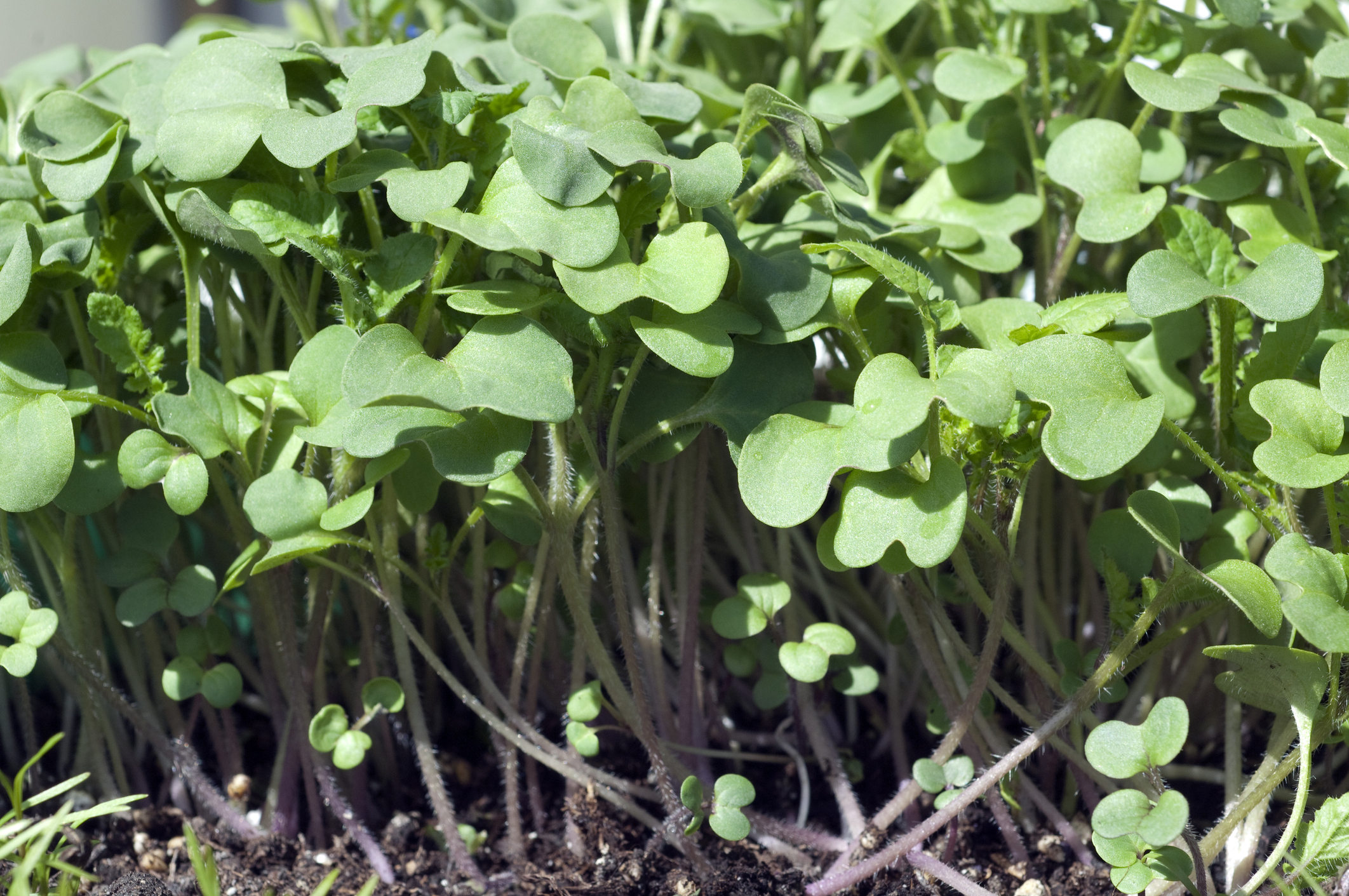Irrigation requirements and methods for white mustard
Irrigation requirements:
The frequency of irrigation for white mustard (Sinapis alba) can vary depending on factors such as soil type, weather conditions, stage of growth, and local climate.
Mustard crop does not require much irrigation. However, in general, mustard requires about 31-40 cm of water per season. However, in areas with hot, dry summers, the crop may require more water. The most critical periods for irrigation are during the flowering and pod formation stages.
For non-rainfed areas:
The most critical periods for irrigation are during the flowering and pod formation stages.
At the flowering stage:
The first irrigation should be given at the flowering stage, which is about 30 days after sowing. This irrigation is essential to ensure that the plants have enough water to produce flowers and set pods. If flowering is delayed due to dry conditions, the yield of the crop can be significantly reduced.
At the pod formation stage:
The second irrigation should be given at the pod formation stage, which is about 60-65 days after sowing. This irrigation is needed to support the growth of the pods and the development of the seeds. If the pods are not adequately watered, they may not fill properly, which can reduce the yield of the crop
The specific irrigation schedule for mustard will depend on the local climate conditions. However, a general guideline is to irrigate the crop every 7-10 days during the flowering and pod formation stages. If rainfall is received in between irrigations, the need for supplemental irrigation may be reduced.
Methods of Irrigation
Drip Irrigation:
Mustard is sensitive to waterlogging, so it is important to avoid overwatering the crop. The best way to manage water in mustard fields is to use a drip irrigation system. This type of irrigation system delivers water directly to the roots of the plants. Drip irrigation is the most efficient way of irrigation because it supplies water without loss of evaporation and ensures specific water requirements of the crop.It can also helps you save a lot of water and fertilizer. The cost of drip irrigation may be a problem for the farmer with less resources.
Sprinkler Irrigation
This method is suitable if you have good water pressure and you need to cover a larger area. In higher temperatures, it can assist in cooling the plants, but precautions should be taken to avoid over-wetting the foliage to avoid disease.
Furrow irrigation
It is a cost-effective method used in areas with fewer resources. However, it leads to water wastage through runoff and it is not as effective as Drip and sprinkler irrigation. It is best for clay, loamy and silty soils and least suitable for sandy soils.
Basin irrigation
This method involves flooding a small area around the base of each plant.
Flood Irrigation
It can be used in areas with the most abundant water resources because it needs a lot of water. It the most primitive way of irrigation. A big amount of water is wasted in this method. Before flooding your farm make sure it is properly leveled.
Always consult your local experts before making decisions they will guide you better according to your specific requirements.
Further reading
Mustard History, Plant Information, and Nutritional Value
Mustard Soil preparation, Soil requirements, and Seeding requirements.
Principals for selecting best variety for White mustard.
Fertilizer requirements of white mustard
Irrigation requirements and methods for white mustard
Yield, Harvest, and Storage of Mustard
Pests, Diseases and Weed Management of Mustard
References
https://rabicrop.com/mustard-farming-guide/
https://www.ikisan.com/up-mustard-Soils-Climate.html
https://www.ikisan.com/up-mustard-water-management.html










































































